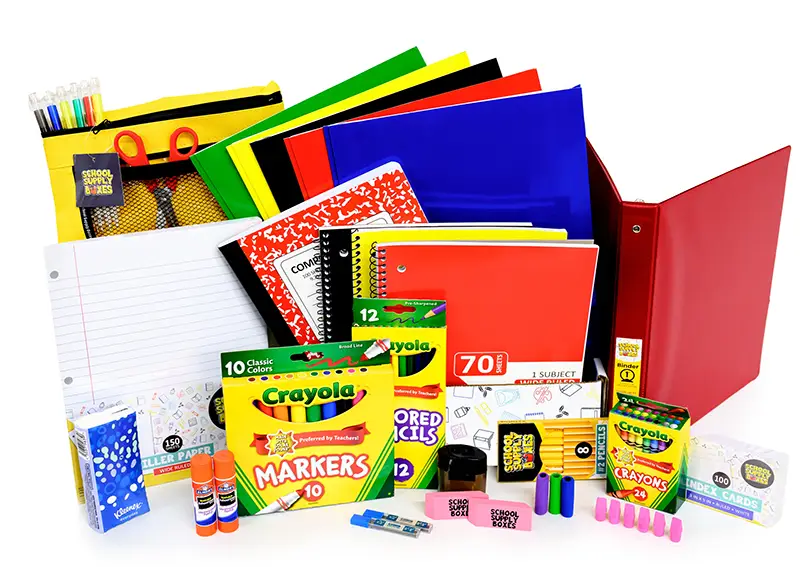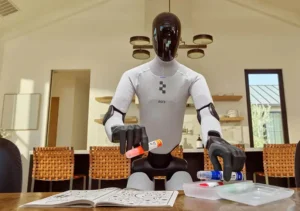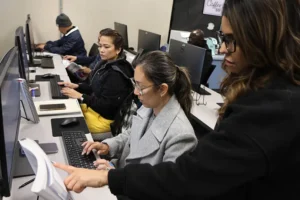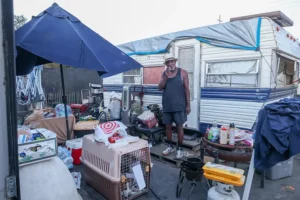Every August and September in California is a special time. Families prepare their children for the new school year: buying backpacks, notebooks, pencils, laptops, and clothes. But not everyone experiences this period with joy. For many low-income parents, getting a child ready for school turns into real financial stress. That’s why in many California cities, a system of social support is in place: free school supply kits that help thousands of children start the school year on equal footing.
Why School Supply Kits Matter
At first glance, school supplies may seem like a small thing. But they are what build a child’s confidence. When a student has a new backpack, neat notebooks, and pens, they feel part of the group. The lack of basic items often leads to shyness, lower motivation, and even skipping classes.
According to nonprofit organizations, more than 30% of families in California face difficulties each year when preparing children for school. Single parents and migrant families struggle the most. For them, a school kit can cost unaffordable money: from $100 to $250 per child.
Where School Kits Are Distributed in California
Each year, the number of initiatives grows. Local authorities, nonprofits, religious communities, and even large companies take part.
- Sacramento: Every year, the city hosts several drives. In August 2025, the charity Sacramento Food Bank & Family Services distributed more than 5,000 backpacks filled with supplies. The line stretched around the block, and volunteers worked all day without breaks.
- Los Angeles: Here, the Back to School LA program provides families not only with supplies but also vouchers for clothes and shoes.
- San Francisco and Oakland: In schools with high poverty rates, authorities and foundations prepare special “learning packages” for first graders.
- San Diego: In 2025, retail chains joined the effort, offering discounts and donating with every backpack sold.
Who Helps
At the heart of the movement are people: volunteers, students, teachers, and caring residents. Many companies sponsor schools, buying supplies in bulk and donating them to children. For example, Silicon Valley startups this year provided entire batches of tablets and laptops to migrant families.
Religious communities also play a special role. Churches, mosques, and synagogues regularly hold collections among congregants and pass everything necessary to those in need.
Family Stories
Maria from Sacramento is raising three children on her own.
“If it weren’t for the free kits, I wouldn’t be able to manage,” she says. “My oldest is in fifth grade and needs a new backpack, and the younger ones need notebooks and pencils. It would have taken all my savings. Thanks to the help, I was able to send my kids to school without worry.”
Stories like this are not rare. Behind every drive are real families for whom social support means a chance to breathe easier and feel more confident.

Economic and Social Impact
Social assistance affects not only families but society as a whole:
- children become more confident;
- school attendance improves;
- parents miss less work due to stress and financial strain;
- a culture of mutual help takes root.
How You Can Help
Any California resident can contribute:
- Donate supplies. New notebooks, pens, and backpacks are always needed.
- Volunteer at distribution events. It gives you a real look at the scale of the issue.
- Support funds financially. Even $10 can provide supplies for one child.
- Organize a drive in your company or community. Many offices hold “back-to-school charity fairs.”
What’s Next
In 2025, California authorities are considering expanding support programs. Proposals include introducing special grants for schools with low-income families and creating state warehouses stocked with free school supplies. If approved, thousands of children will receive help not only in the summer but throughout the entire school year.
Conclusion
School supply kits for families in need are more than just a backpack and notebooks. They are a symbol of equality, a chance for a child to feel part of society, and an opportunity for families to save strength and resources.
California is a state of contrasts, where billionaire mansions stand next to families struggling to afford a school uniform. And these drives remind us: society becomes stronger when it cares for its most vulnerable.
This school year, tens of thousands of children will take their seats with smiles and confidence. And this is thanks to the people, organizations, and the entire system of social support that makes life in California a little fairer.


















